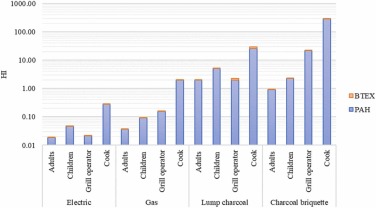
In the early 1770s, physician Percival Pott from London observed an unusual phenomenon regarding the chimneysweeps in his area: a notably high proportion of them were diagnosed with a rare type of cancer. At that period, the majority of chimneysweeps were boys under fifteen, frequently orphans or street youths. Pott discovered that by the time these young individuals reached their twenties and thirties, they had a greater likelihood of contracting scrotal cancer, a condition that was uncommon outside this line of work. A significant case involved a young man who presented with a large tumor on his scrotum, underscoring the grave health hazards these young laborers were subjected to.
The absence of medical innovations like anesthesia and chemotherapy left Pott with few treatment alternatives for his patients. While surgery without anesthesia was a possibility, it was incredibly painful and carried risks of infection and hemorrhage. The unfortunate circumstances endured by the chimneysweep boys drove Pott to explore the underlying cause of the cancer.
In a moment of clarity, Pott conjectured that soot and smoke from fireplaces contained carcinogenic substances. The young boys were frequently coated in soot while navigating chimneys and seldom managed to clean it off completely. It is likely that this soot contained a cancer-promoting agent, contributing to the elevated rates of scrotal cancer observed in them.
During that time, the field of chemistry had not progressed sufficiently to isolate the specific carcinogen present in the soot. It was not until the 20th century that chemists identified benzo[a]pyrene, a strong carcinogen located in smoke and ash. This compound, also present in cigarette smoke, can be found in grilled and smoked foods, potentially posing health threats based on the degree of exposure.
The controversy surrounding the hazards of benzo[a]pyrene in cooked meats persists among medical professionals, mainly due to the variance in exposure levels dependent on cooking techniques and personal metabolism. The body’s ability to regenerate damaged intestinal lining cells relatively swiftly may alleviate some of the risks, yet pinpointing the harmful dose remains a complex issue.
The existence of benzo[a]pyrene brings forth concerns regarding dietary decisions and food safety guidelines. Although natural carcinogens such as benzo[a]pyrene may not appear on ingredient labels, their potential dangers are substantial. This situation is ironically juxtaposed by the heightened worry over synthetic food additives, which often endure more public examination despite having less documented evidence of harm.
The narrative of benzo[a]pyrene accentuates the intricacies of our connections with both natural and artificial substances in our surroundings and diet. It highlights the necessity for a nuanced understanding of the risks entailed with both categories of chemicals and the significance of ongoing research to more thoroughly grasp their effects on health.